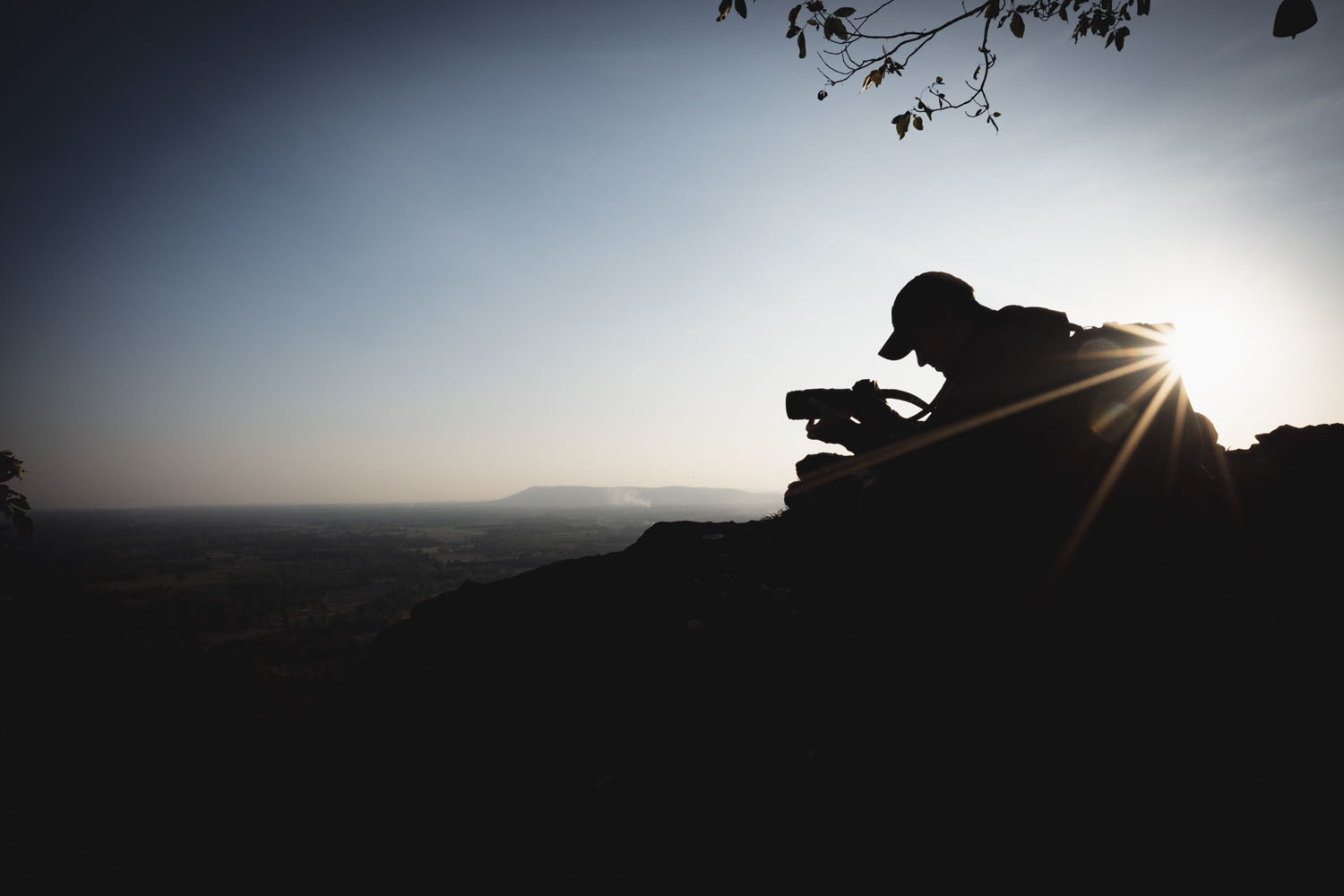Premium/ Fujifilm Deliverance
As many of us already know and feel, making photography with Fujifilm is a powerful, pleasant and liberating experience. I will try to explain the best I can what is this sort of freedom and why is it so. However, I think this story can apply to those photographers who are not professionals, or if they are, then they could consider it while using their Fujifilm camera outside the paid jobs environment (with some exceptions).

For the ones who make the first steps into photography, their start could be by using a smartphone, or a compact camera, even a DSLR, or a mirrorless camera. Those are all tools meant to do one essential task: capture images. The way you do photography can be a bit different, from one type of tool to another, but probably the common way to do it, as a beginner, is by using the Automatic Mode. It is something natural and I truly recommend all beginners to start shooting in Auto Mode.
At the beginning of this journey, there are some priorities you have to take into account, like keeping the horizon line horizontal, correctly frame your subjects in view of applying the Rule of the Thirds. Probably later, you will discover the principle of the Guiding Lines and other elements which are essential in migrating from snapshots to photographs. In a previous article, you can find out what is necessary to create good photographs.

The beginning is a challenging time for every endeavor and all the composition aspects mentioned above require a certain level of attention, until they become built-in knowledge, like a reflex. Experimenting with Manual Mode and playing with those settings can be a tricky, or a rewarding experience, like learning from the trial & error approach.
However, the day will come when Manual Mode settings will truly enable you to reach that special result, which the camera could never provide, based on its automated algorithms. You need to take control of the settings if you want to reach that desired outcome in your photography.

Full Manual, Aperture Mode, Shutter Speeds let you manually tweak the needed settings: aperture, ISO values, shutter speeds, exposure compensation, focus points, metering types, white balance, bracketing and other elements. Then you find out about RAW and you start to shoot in RAW, embracing its benefits and the higher latitude of post-processing such files.
The amazing thing is that a RAW file comes with 100% of your digital sensor capabilities, retaining a lot more details and information than a JPEG file (which is a compressed form of storing your image information). Let us not go into details on how to process your RAW files and how you can recover “lost” information from the highlights and the shadows of your photo. The Internet is full of tutorials on how to do it.
Just remember that a well-developed RAW file will give you (most of the times) a miraculous result, compared to your JPEG straight out of camera file – technically speaking. Having troubles with bad exposure, or wrong white balance? Not to worry, you can fix them while developing your RAW files.

I think this is a natural transition in the personal experience of a photographer: starting by using JPEG files, first, then upgrading to the RAW format workflow. Most of us are obsessed with image quality (although this is not everything that counts for valuable photography). You have a good digital camera, you have invested in some good quality glass and even if there are technical limitations everywhere, you would like to get the best from your system. Why not using your gear at 100% of its capacity? I hear you! And you are right.
However, RAW files require more hard-disk storage and you need to dedicate more time to process them. And time is money, or the freedom you sacrifice. So, do you value your time in your life? Do you spend many hours in front of your screen, post-processing your photos? Isn’t it better to have more time to just go out and photograph, instead of processing your photos, to make them “look better” (especially when most of them are personal memories for personal use)?

Shooting in JPEG with a Fujifilm camera and the customized color profiles means freedom, a simple step of liberating myself, just like when switching from a DSLR system to a mirrorless one.
CONTINUE READING…
Only for Premium Subscribers!
To access these articles you must be a PREMIUM subscriber to Fuji X Passion.
SUBSCRIBE NOW and get instant access to all Premium articles, all prior and upcoming magazines, all special editions, all previous videos, discounts and offers. If you are seeking relevant information about this camera system, or useful tips from photographers using the Fuji X system, this is the most valuable place for you.
BASIC Plan subscriber? Upgrade to PREMIUM!
- Access your account HERE and sign in with your email address and password as always
- In this step click the ‘Subscriptions’ tab and then ‘Change plan’
- Now you can change from the BASIC plan to the new PREMIUM PLAN
- Finally, the system will only apply a proportional value to the remaining charge and change the plan immediately.
Already a Premium Subscriber?




